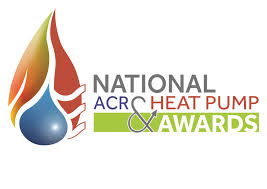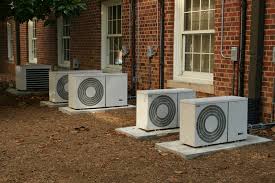Working towards caloric cooling
USA – Although natural refrigerants offer an efficient and environmentally beneficial alternative to conventional halocarbon refrigerants in vapour-compression refrigeration, a totally different kind of cooling technology may be emerging which will ultimately prove to be even more efficient and friendly to the environment.
This new technology is called magneto-caloric cooling, whereby certain solid materials heat up when placed in a magnetic field and cool down when they are removed from the field.
Magneto-caloric cooling is the newest and most highly developed form of what is called caloric cooling, a process that was discovered in the 1800s and also includes mechano-caloric cooling and electro-caloric cooling. The technology has undergone development over the decades, but up until now the development had not reached the point of commercialisation.
However, starting 1 July, the Ames Laboratory at Iowa State will be at the forefront of an effort entitled CaloriCool to develop a commercial application for magneto-caloric cooling and other forms of caloric cooling. The Ames Laboratory, which operates under the United States Department of Energy, has previously carried out important research into this field of magneto-caloric cooling.
The CaloriCool programme will see Ames Laboratory collaborating with eight other national labs in the drive to further the technology .
“This is truly a major effort – a multimillion-dollar programme to develop caloric cooling to the point of commercial application,” declared Dr. Joseph Sebranek, an eminent professor in animal science at Iowa State University, at a ‘Scientists Speak’ session at the IARW-WFLO Convention, held on 16-19 April in Las Vegas.
“This may well lead to something very interesting in terms of changes in the way we accomplish cooling and freezing,” Dr Sebranek added.
It is estimated that technology based on caloric cooling can save between 20% and 35% in energy consumption compared to a standard vapour-compression system, according to Sebranek.The new caloric cooling technology could also serve to eliminate compressors, caloric cooling reduces noise, vibration and mechanical maintenance, as well as the risks of refrigerant leaks, he added.
Over the past 40 years, “several systems have been built to show that the concept [of caloric cooling] is functional,” said Sebranek. However, the concept is still not practical in the opinion of Dr Sebranek as he added “There are some barriers to development at the commercial [level]. But it can be done – and that’s the critical first step.”















